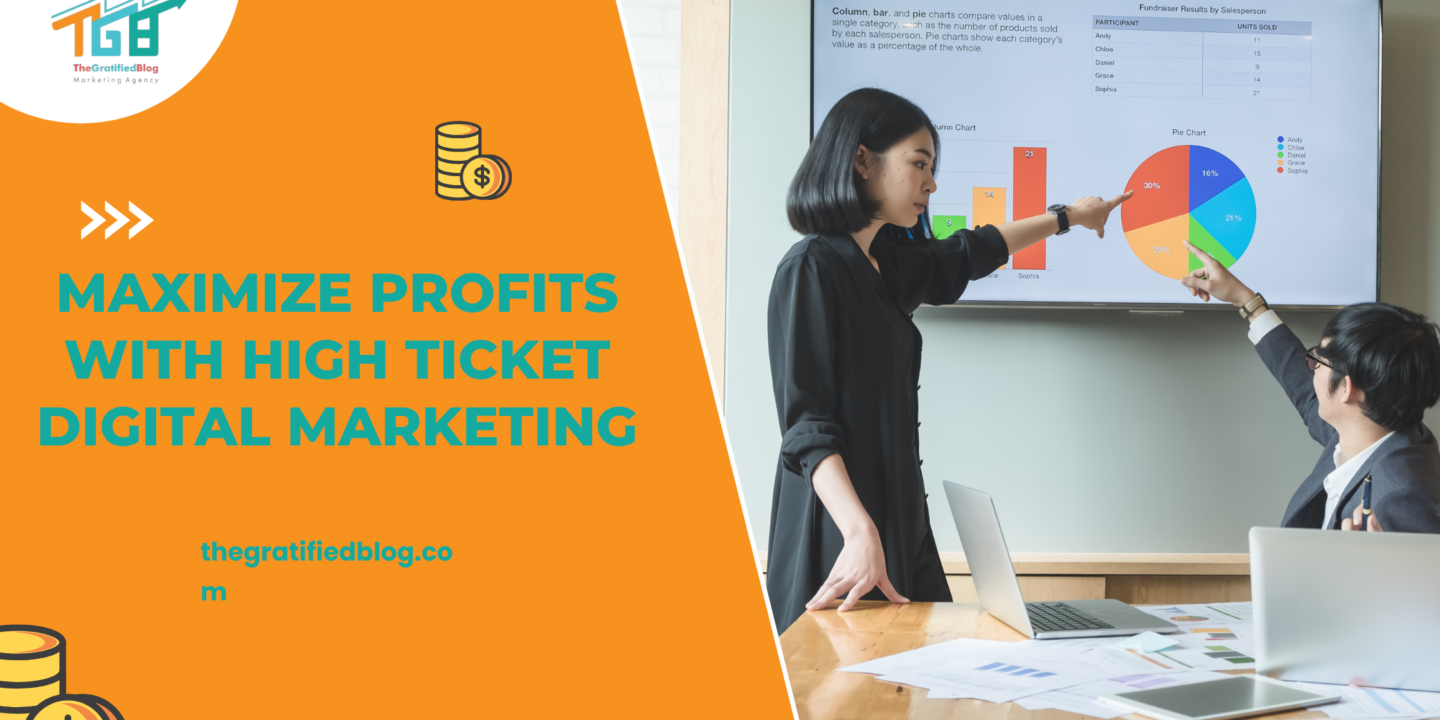
In today’s digital marketing world, a big deal is “High Ticket Digital Marketing.” It’s all about how companies promote their expensive products or services online. This kind of marketing is changing how businesses do their online advertising because the internet plays a massive role in our lives. It’s like a new way of doing things in the online marketing world.
In this blog, we will thoroughly explore the following topics: “Understanding High Ticket Digital Marketing,” “The Significance of it,” “Strategies for High Ticket Digital Marketing,” “Common Challenges and Ethical Considerations in High Ticket Digital Marketing,” and we will conclude with a summary of key insights.
But before we embark on this journey, let’s define what it truly means.
What Is High Ticket Digital Marketing?
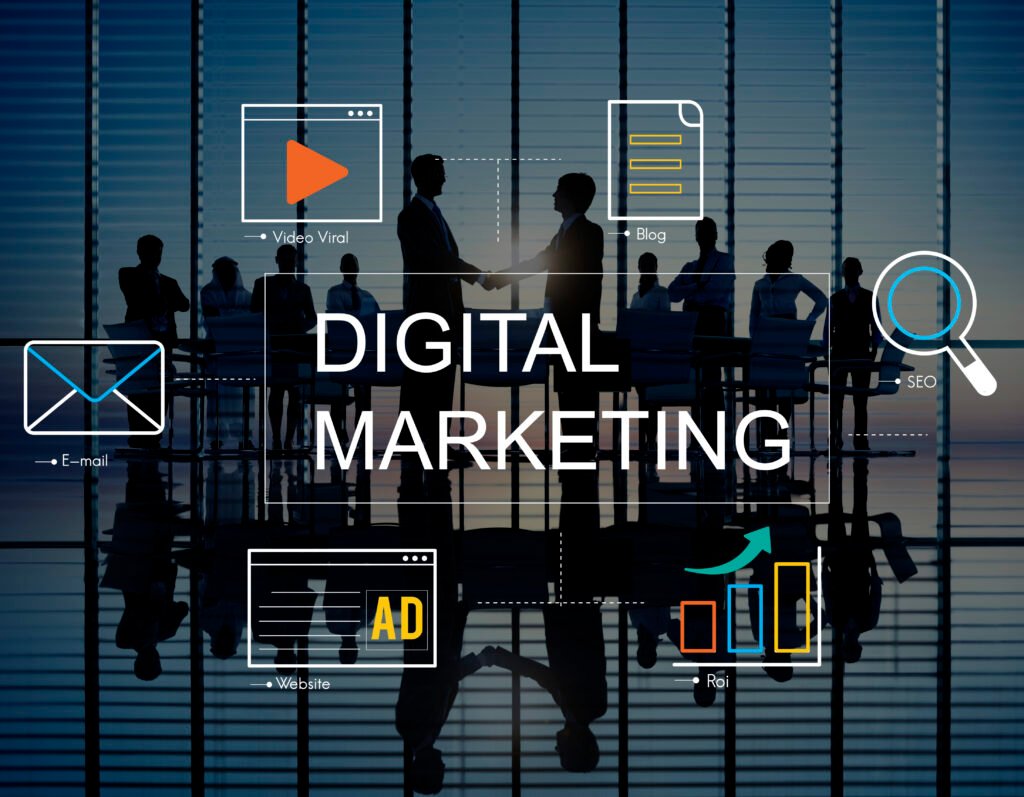
High Ticket Digital Marketing is a specialized branch of a digital marketing approach that emphasizes promoting and selling high-value, premium products or services through digital channels.
Unlike traditional digital marketing, which often targets a broad audience for lower-priced items, High Ticket Digital Marketing is centered around identifying, reaching, and engaging with a select group of individuals willing to make significant financial investments in a product or service.
Why High Ticket Digital Marketing Matters?
High Ticket Digital Marketing holds substantial importance in the modern business landscape for several compelling reasons:
- Higher Revenue Potential: By targeting high-value customers willing to make substantial purchases, businesses can generate significant revenue from a relatively small customer base. This approach can lead to profitability without the need for high sales volumes.
- Adaptation to Consumer Behavior: In today’s digital age, even high-value customers use the Internet for research and decision-making. High Ticket Digital Marketing allows businesses to meet their target audience where they are, providing valuable information and guidance during their buying journey.
- Efficient Resource Allocation: Rather than spreading resources thinly across a broad audience, High Ticket Digital Marketing allows businesses to allocate their marketing budget and efforts more efficiently. This targeted approach reduces waste and maximizes the impact of marketing campaigns.
- Enhanced Customer Engagement: Ticket Digital Marketing often involves building strong customer relationships. This increases the likelihood of a sale and has the potential to foster lasting customer loyalty and encourage repeat business.
- Competitive Advantage: Businesses implementing high-ticket digital marketing strategies attain a competitive advantage within their sectors. They can differentiate themselves by offering premium products or services and showcasing their expertise and value to potential customers.
Effective Strategies For High Ticket Digital Marketing
Targeting High-Value Customers And Persona Development

High-ticket digital Marketing success begins with precisely understanding your target audience. That involves identifying your ideal high-value customers and crafting detailed personas for effective targeting.
Identifying Your Ideal High-Value Customers:
Identifying your ideal high-value customers is the foundation of your marketing strategy. These individuals or businesses will invest significantly in your high-ticket products or services.
Here’s how to go about it:
- Market Research: Perform comprehensive market research to grasp the dynamics of your industry. That involves analyzing your competitors’ strategies, studying industry trends, and examining customer data to uncover potential opportunities for attracting high-value customers.
- Customer Profiling: Develop detailed profiles of your existing high-value customers by examining age, income, interests, and buying habits. That helps you create a clear picture of the individuals or businesses most likely to invest significantly in your products or services.
- Segmentation: Divide your high-value customer base into distinct segments based on shared characteristics. These segments could include different industries your customers belong to, the sizes of their companies, or specific consumer demographics. Segmentation allows for tailored marketing efforts that resonate with each group.
- Value Assessment: Calculate the long-term value that high-value customers bring your business. That involves estimating their total revenue contribution, considering their initial purchases and the potential for repeat business and referrals. Understanding this value helps prioritize your marketing efforts toward retaining and attracting similar high-value customers.
Crafting Detailed Personas for Effective Targeting:
Once you’ve identified your ideal high-value customers, the next step is to craft detailed personas. Personas serve as imaginative depictions of your perfect customers and serve as a guide for tailoring your marketing efforts.
Here’s how to create effective personas:
- Demographics: Demographics encompass essential characteristics like age, gender, income, job titles, and location. These details provide a foundational understanding of your customers, helping you create marketing strategies tailored to their specific demographic profiles.
- Psychographics: Psychographics delve deeper into your customers’ personalities, encompassing their interests, values, hobbies, and pain points. This information lets you connect with their emotions and motivations, making your marketing more relatable and engaging.
- Goals and Challenges: It is crucial to know your high-value customers’ objectives and the obstacles they face. It enables you to craft messaging that addresses their unique goals and provides solutions to the challenges they encounter, making your products or services more appealing.
- Buying Behavior: Analyzing buying behavior involves understanding how your customers research products, make decisions, and what factors influence their choices. This insight helps you fine-tune your marketing strategies to align with their decision-making process.
- Preferred Channels: Identifying the digital channels your personas prefer allows you to reach them effectively. Whether they are active on social media, email enthusiasts, or frequent consumers of online content, targeting their preferred channels increases the chances of engagement.
- Unique Selling Proposition (USP) Alignment: Ensuring your customer personas align with your product or service’s unique selling proposition (USP) is vital. Your marketing messages should resonate with what makes your offering valuable to them, emphasizing how it fulfills their specific needs or desires.
After you’ve created detailed personas, your marketing becomes more targeted and successful. You can customize your content, ads, and messages to match each persona’s traits and preferences.
Content Marketing For High-ticket Ticket Sales

An essential element of (something) is proficient content marketing and high-ticket digital marketing. This process can be broken down into two key aspects:
Creating High-Quality Content to Showcase Value:
- In-Depth Guides and Whitepapers: Develop comprehensive, in-depth content that dives deep into the features, benefits, and applications of your high-ticket offerings. These guides and whitepapers are valuable resources for potential customers seeking detailed information.
- Case Studies: Highlight tangible instances illustrating how your high-ticket products or services have solved specific problems or delivered exceptional results for previous customers. Case studies provide social proof and demonstrate the practical value of your offerings.
- Webinars and Exclusive Content: Host or create exclusive content accessible to those interested in your high-ticket products. These events provide an opportunity to engage with potential customers directly and offer insights they need help finding elsewhere.
Implementing Content Promotion Strategies:
Crafting top-notch content is only one aspect of the equation; effectively promoting it ensures that your target audience sees and engages with your material:
- Paid Advertising: Employ paid promotional methods, like Google Ads or social media advertising, to publicize your content to a broader audience. Target specific demographics and interests to reach high-value prospects.
- Maximizing Organic Reach through SEO: Optimize your content for search engines. Conduct keyword research to identify terms relevant to your high-ticket offerings and use them strategically in your content to improve organic search rankings.
- Leveraging Email Campaigns for Content Distribution: Send targeted email campaigns to your segmented list, promoting your content as a valuable resource. Use automation to deliver content based on user behavior and preferences.
- Social Media Promotion: Share your content on various social media platforms, leveraging visually appealing content formats like infographics, videos, and engaging posts to capture the attention of your social media audience.
- Collaborations and Influencer Marketing: Partner with industry influencers or complementary businesses to co-create and promote content. Influencers can help expand your content’s reach to their followers.
Building High Ticket Sales Funnels
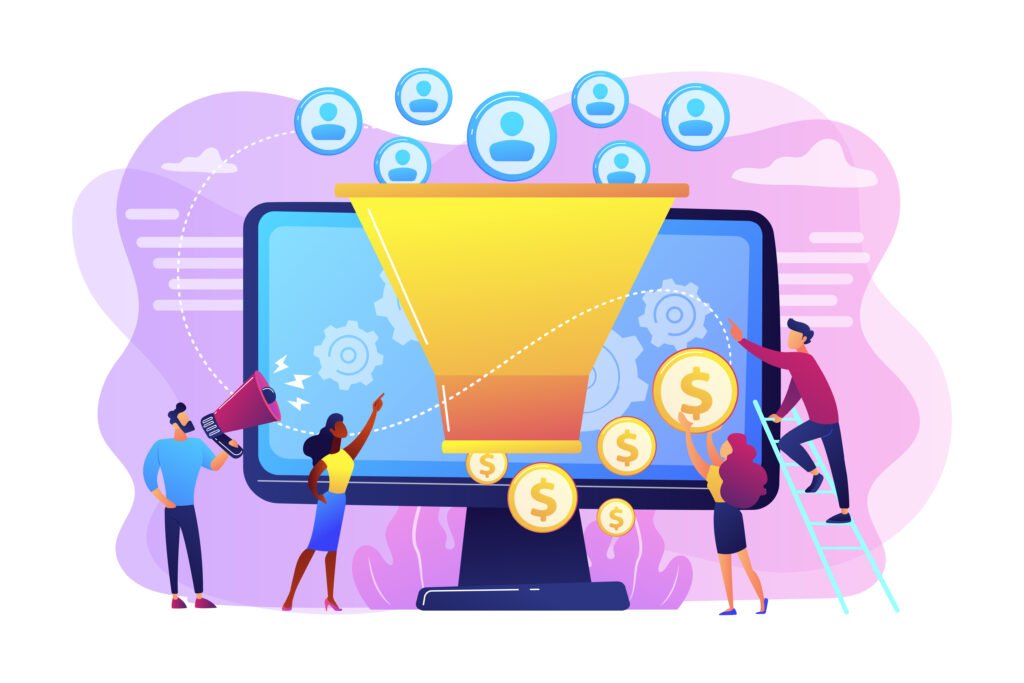
Sales funnels are critical for guiding potential customers through the buying journey. When dealing with high-ticket products or services, designing and optimizing these funnels becomes especially important:
Designing Sales Funnels Tailored for High-Ticket Products:
- Awareness Stage: Create content that educates prospects about the industry challenges your high-ticket offering addresses and showcases your expertise.
- Consideration Stage: Provide detailed information about your high-ticket product or service, highlighting its unique value proposition and benefits.
- Conversion Stage: Make the purchasing process as seamless as possible. Offer personalized consultations or demos to address individual concerns and answer questions.
Optimization of Sales Funnels for Enhanced Conversions:
- A/B Testing: Continuously test different elements of your sales funnel, including landing pages, calls to action, and email sequences, to identify what resonates best with your audience.
- Personalization: Implement personalized experiences within the sales funnel. Use data to tailor content and recommendations to the prospect’s behavior and preferences.
- Upselling and Cross-Selling: Offer additional high-ticket products or complementary services within the funnel to maximize the customer’s overall value.
- Retargeting and Cart Abandonment Recovery: Implement strategies to re-engage potential customers who showed interest but still needed to complete the purchase. Utilize automated emails and ads to recover abandoned carts.
Leveraging Social Media For High Ticket Sales

Social media can be a potent tool for establishing connections with high-value customers and convincing them to invest in your high-ticket products or services. Here’s a detailed breakdown of how to leverage social media effectively:
Deploying Social Media Advertising Strategies for High-Value Products:
- Platform Selection: Opt for social media platforms that resonate with the preferences and behaviors of your target audience. Different platforms may be more effective for B2B or B2C high-ticket sales.
- Audience Targeting: Utilize advanced audience targeting options social media advertising platforms offer. Tailor your audience based on demographics, interests, and behaviors to reach high-value prospects.
- Compelling Ad Creatives: Craft visually appealing and persuasive ad creatives that highlight the unique value and benefits of your high-ticket offering.
- ROI Tracking: Implement tracking and analytics to Evaluate your social media advertising campaigns’ return on investment (ROI). Adjust your strategies based on performance data.
Establishing a Robust Social Media Presence to Attract High-Ticket Buyers:
- Consistent Branding and Messaging: Ensure that your social media profiles reflect consistent branding and messaging that aligns with the value proposition of your high-ticket offering.
- Engagement and Interaction: Proactively interact with your audience on social media. Respond to comments, messages, and inquiries promptly. Engaging content can foster trust and build relationships.
- Content Variety: Share a mix of content types, including informative articles, customer testimonials, videos, and behind-the-scenes glimpses. Broaden your content variety to maintain audience engagement.
- Educational Content: Provide content that addresses industry challenges and showcases your expertise. High-value customers often seek informative content before making decisions.
By putting these high-ticket digital marketing strategies into practice, you can attain improved outcomes for your business.
Let’s delve into typical difficulties and ethics in high-ticket digital marketing.
Common Challenges And Ethics In High Ticket Digital Marketing
Challenges In High Ticket Digital Marketing
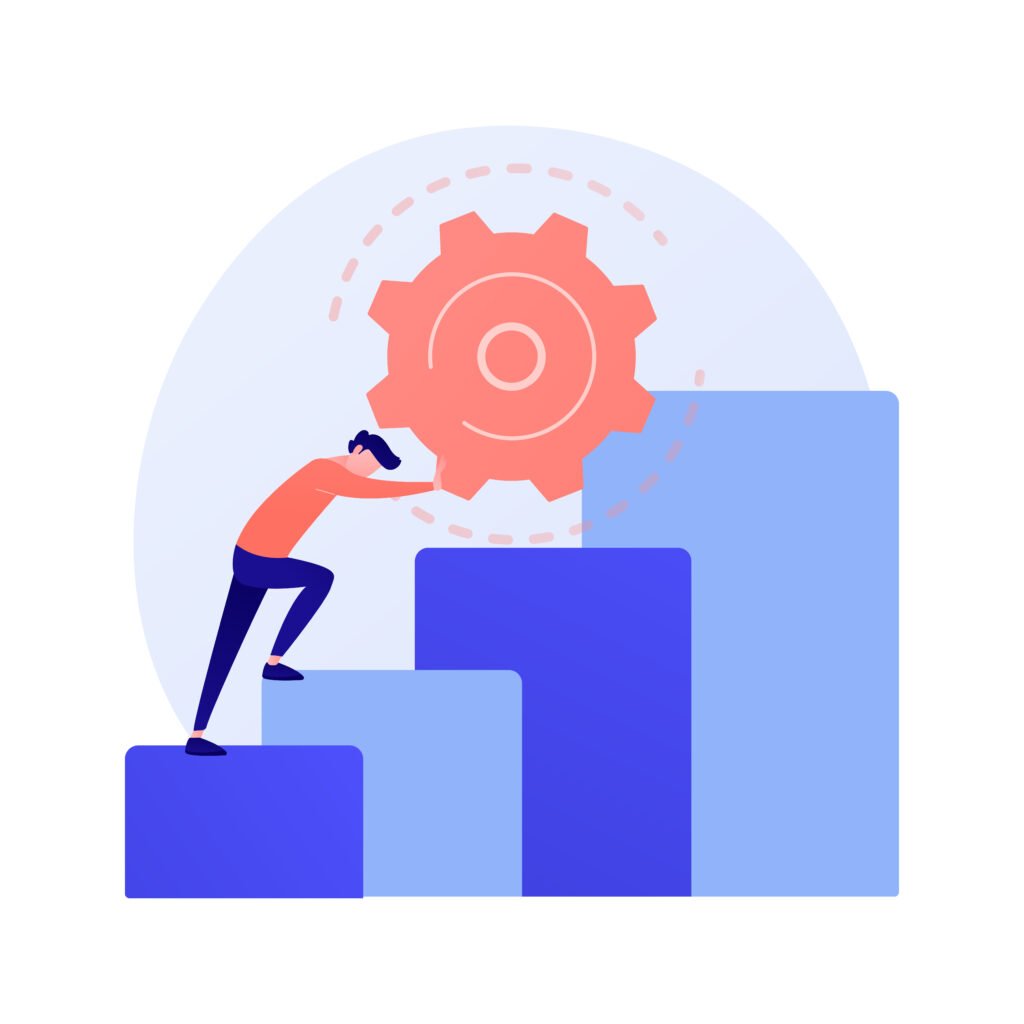
- Target Audience Precision: Identifying and reaching high-value customers can be challenging. The precision required to target a select audience effectively increases the complexity of marketing efforts.
- Longer Sales Cycles: High-ticket products or services often involve longer decision-making processes. Nurturing leads and maintaining engagement over extended periods can be demanding.
- Content Quality: Creating high-quality content that effectively communicates the value of high-ticket offerings can be time-consuming and resource-intensive.
- Building Trust: Cultivating trust with potential customers is essential, but it can be challenging when dealing with high-priced products or services. Customers may require more convincing and assurance.
- Competitive Landscape: In high-ticket markets, competition can be fierce. Standing out and differentiating your offering from competitors can be a continuous challenge.
Ethics In High Ticket Sales
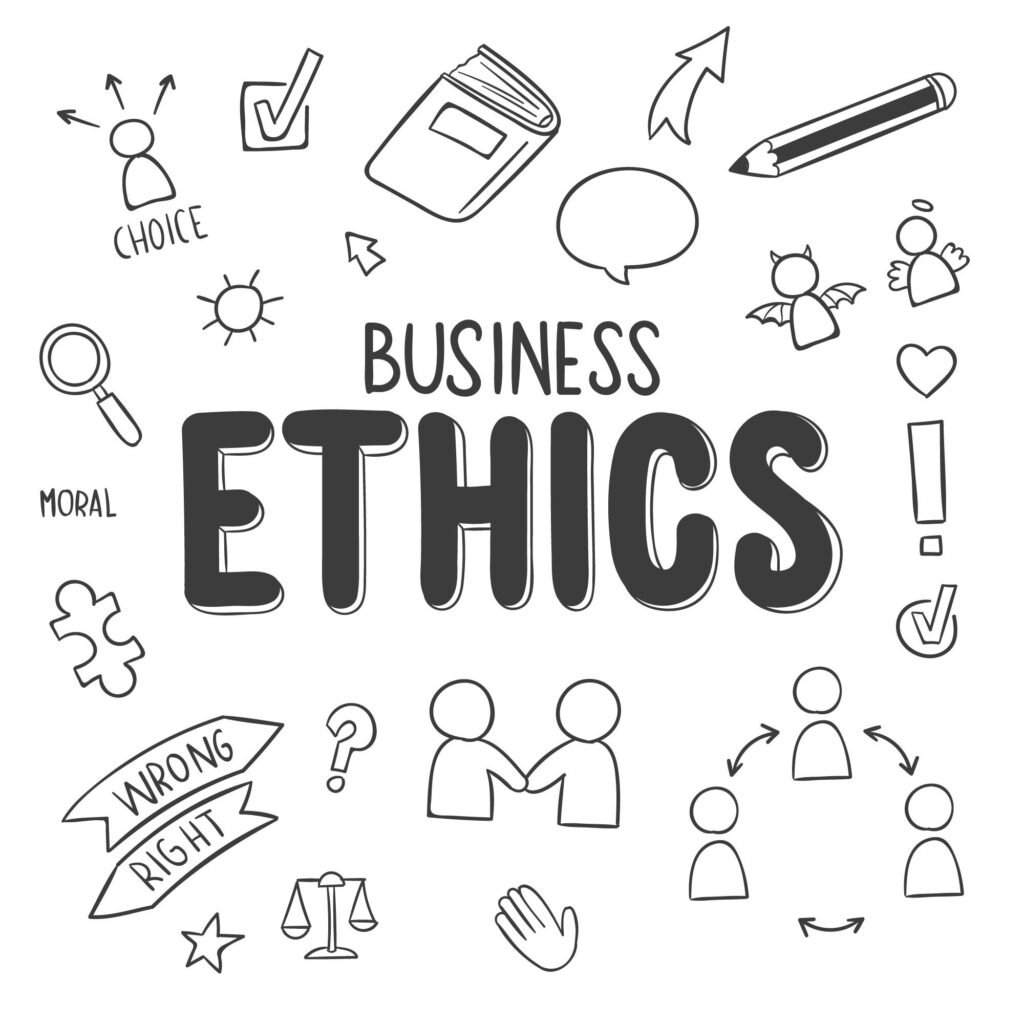
- Regulatory Compliance: Adhering to industry regulations and legal requirements is crucial. Not adhering to rules may lead to legal consequences and damage your brand’s reputation.
- Transparency: High-ticket sales require transparent communication about pricing, terms, and conditions. Misleading or deceptive practices can lead to customer distrust and backlash.
- Data Privacy: Protecting customer data is paramount.
- Securing adherence to data protection regulations such as GDPR or CCPA is essential to maintain customer trust.
- Ethical Marketing: High-ticket sales should involve ethical marketing practices. Avoid manipulative tactics or high-pressure sales techniques that may harm your brand’s reputation and erode trust.
- Customer Satisfaction: Ensuring that high-ticket customers are satisfied with their purchase and receive the value promised is essential. High-value customers can have high expectations, making post-sale support and satisfaction critical.
FAQs
Q1. What Is High-Ticket Digital Marketing?
A. High-ticket digital marketing means promoting and selling premium or high-value products or services through online marketing channels. It involves strategies tailored to attract and convert customers willing to make significant purchases.
Q2. What Digital Marketing Channels Are Effective For High-Ticket Items?
A. Effective channels may include content marketing, SEO, social media, email, and pay-per-click (PPC) advertising. The choice of channels depends on your target audience and product/service.
Q3. How Can I Target High-Value Customers Online?
A. Targeting high-value customers requires precise audience segmentation, personalized messaging, and data-driven strategies. It involves identifying and reaching out to individuals or businesses likely to invest significantly in your offerings.
Conclusion
Now that you comprehensively understand high-ticket digital marketing, let’s explore how it can provide advantages over traditional digital marketing methods.
If you still have any questions related to the topic, please leave them in the comment section. We will be happy to answer you.
Thanks for reading 🙂








No Comments